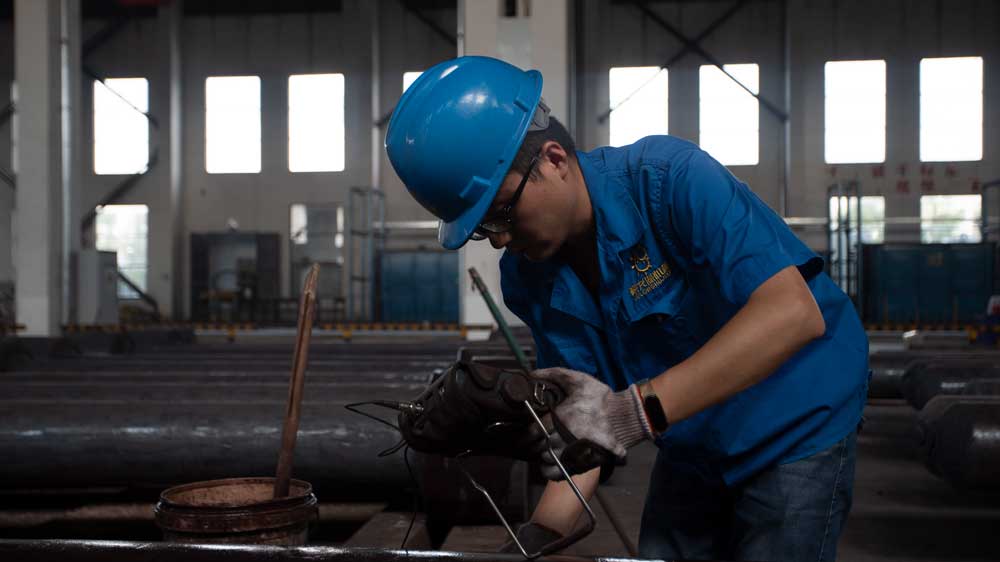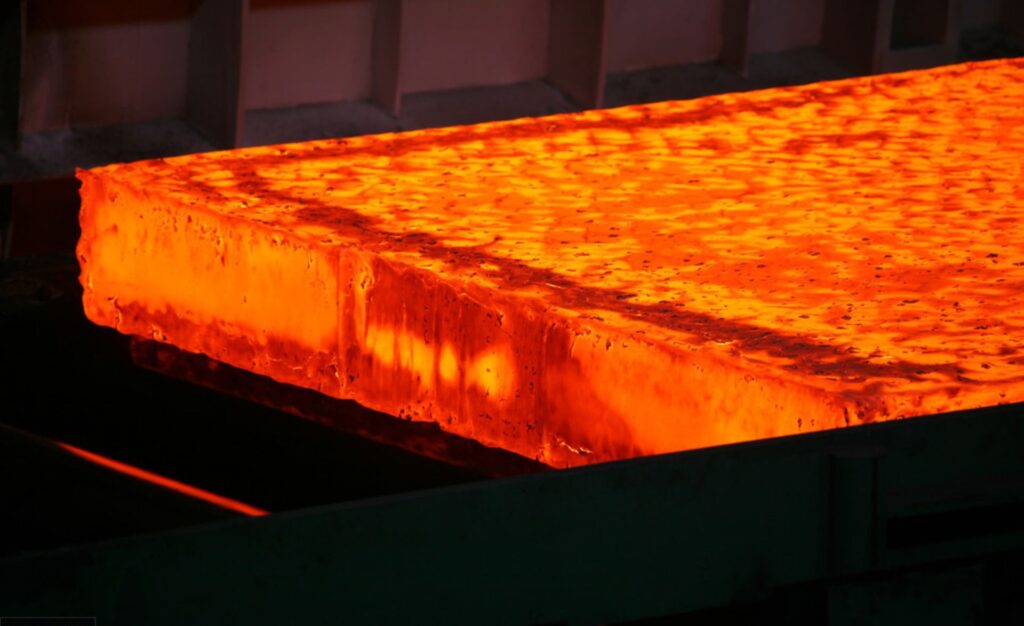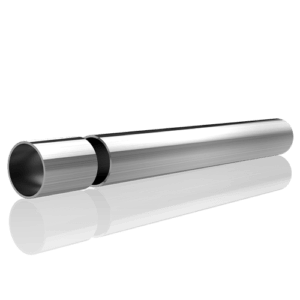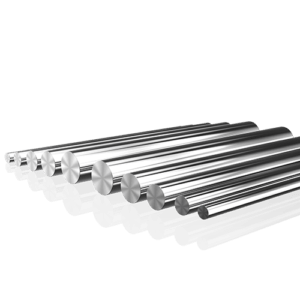Welcome to My Blog!
Before we dive into the content, I’d love for you to join me on my social media platforms where I share more insights, engage with the community, and post updates. Here’s how you can connect with me:
Facebook:https://www.facebook.com/profile.php?id=100090063158454
Now, let’s get started on our journey together. I hope you find the content here insightful, engaging, and valuable.
Table of Contents
Introduction

Stainless steel has become an indispensable material in modern construction, offering a combination of strength, durability, and versatility. As the demand for sustainable and long-lasting building materials increases, steel and stainless steel are at the forefront of these innovations. From residential buildings to large commercial structures, the use of steel and stainless steel plays a pivotal role in shaping the future of construction. In this blog, we will explore five key benefits of stainless steel and why it remains a top choice for architects and engineers worldwide.
Durability and Strength of Steel and Stainless Steel in Construction
One of the most compelling reasons for using steel and stainless steel in construction is their outstanding strength and durability. Both materials can withstand extreme weather conditions, resist corrosion, and offer long-term structural integrity. Stainless steel, in particular, is highly resistant to rust, stains, and corrosion, making it ideal for outdoor and marine environments.
Steel and stainless steel provide the backbone for a wide variety of construction projects, from skyscrapers to bridges. With their incredible tensile strength, these materials allow for the construction of taller, stronger, and more resilient buildings. The versatility of stainless steel ensures that it can be used for both structural elements, such as beams and columns, as well as for decorative features like facades and railings.
Cost-Effectiveness of Steel and Stainless Steel Over Time

While the initial cost of stainless steel may be higher than other materials, its long-term cost-effectiveness is a significant advantage in modern construction. The longevity and minimal maintenance requirements of steel and stainless steel help reduce the overall cost of ownership. Because stainless steel resists corrosion, it does not need frequent repairs or replacements, which ultimately leads to savings over the lifespan of the structure.
In addition, the strength of steel and stainless steel allows for more efficient designs with fewer materials required. This can lead to lower construction costs, as lighter, yet stronger, materials can be used to meet the same load-bearing requirements as heavier, less durable materials.
Aesthetic Appeal and Design Flexibility of Steel and Stainless Steel
Steel and stainless steel not only perform well structurally, but they also provide aesthetic appeal that enhances the visual design of modern buildings. The sleek, reflective finish of stainless steel can create a contemporary look, and its versatility allows for various architectural styles, from industrial to futuristic.
The malleability of steel and stainless steel allows designers to create intricate shapes and forms, which can be used for both functional and decorative purposes. These materials can be used in a range of applications, including facades, staircases, railings, and cladding, offering endless possibilities for customization.
Sustainability and Environmental Benefits of Steel and Stainless Steel

As the world moves towards more sustainable construction practices, steel and stainless steel stand out as eco-friendly materials. Steel is 100% recyclable, and it can be reused without losing its quality, making it a highly sustainable choice. Stainless steel, while more energy-intensive to produce initially, also boasts a long lifespan and low environmental impact during its use phase. The recyclability of both steel and stainless steel reduces the need for raw materials and helps lower the carbon footprint of construction projects.
Using steel and stainless steel in construction projects contributes to LEED (Leadership in Energy and Environmental Design) certification and other green building standards. This is particularly important as more developers and builders aim to reduce the environmental impact of their projects.
Safety and Fire Resistance of Steel and Stainless Steel in Construction
When it comes to fire safety, steel and stainless steel are invaluable materials. Unlike wood or plastic, steel is inherently fire-resistant, meaning it does not catch fire or release toxic fumes when exposed to high temperatures. This makes steel and stainless steel an essential part of any fire-safe construction project.
In addition to their fire resistance, steel and stainless steel also contribute to the overall safety of a structure. Their ability to withstand extreme conditions and maintain their structural integrity even in the event of a fire ensures that buildings remain stable and safe for occupants.
Table: Steel and Stainless Steel Properties Comparison
| Property | Steel | Stainless Steel |
|---|---|---|
| Corrosion Resistance | Moderate (depends on type) | High (resistant to rust and stains) |
| Strength | High | High (more ductile) |
| Maintenance | Requires some maintenance | Low maintenance required |
| Cost | Generally lower | Higher initial cost |
| Recyclability | 100% recyclable | 100% recyclable |
Conclusion

The benefits of steel and stainless steel in modern construction are undeniable. From their exceptional durability and strength to their aesthetic flexibility and sustainability, these materials continue to lead the way in building innovation. Whether for structural purposes, decorative features, or long-term environmental considerations, steel and stainless steel provide a combination of advantages that make them essential choices in the construction industry. Their safety, fire resistance, and minimal maintenance make them ideal for creating structures that stand the test of time.
FAQ
Why is stainless steel considered a durable material in construction?
Stainless steel is known for its resistance to corrosion, rust, and stains, making it a durable option for various construction applications. It can withstand harsh environmental conditions and has a long lifespan.
Is stainless steel more expensive than other building materials?
While stainless steel may have a higher upfront cost, its longevity, low maintenance requirements, and recyclability make it a cost-effective material in the long run.
How does stainless steel contribute to sustainable construction?
Stainless steel is 100% recyclable, which reduces the demand for new raw materials and lowers the overall carbon footprint of construction projects. It also has a long service life, contributing to its sustainability.
Can stainless steel be used for decorative purposes in buildings?
Yes, stainless steel’s sleek, reflective finish makes it an excellent choice for decorative applications such as facades, railings, and architectural accents.
How does steel compare to stainless steel in terms of fire resistance?
Both steel and stainless steel are fire-resistant materials, but stainless steel has higher corrosion resistance, making it ideal for environments exposed to moisture or other harsh conditions.
